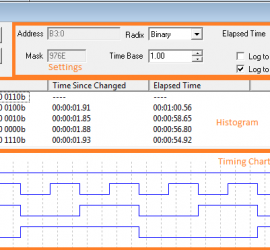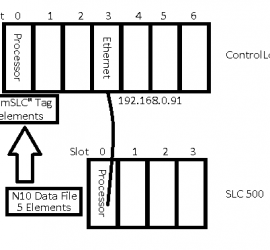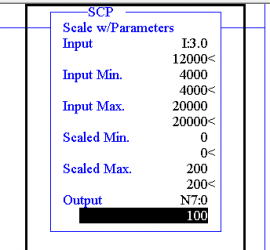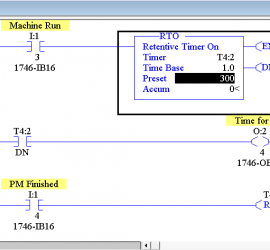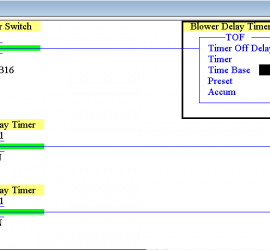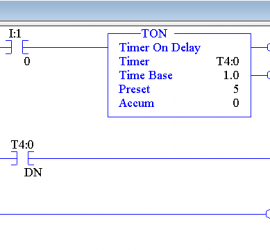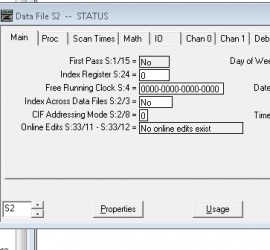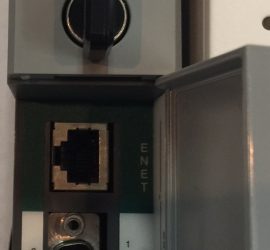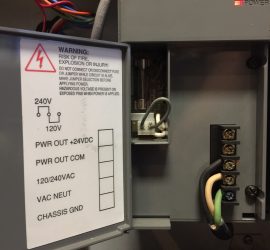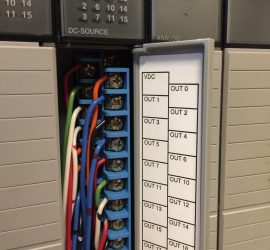SLC-500 Histogram 1
Introduction to the SLC-500 Histogram We use the SLC-500 Histogram to track infrequent bits (such as Intermittent problems) and bits that change quickly in the processor. A common use for the histogram is to find intermittent problems. In this post, I will guide you through the procedure for setting up Read More »

